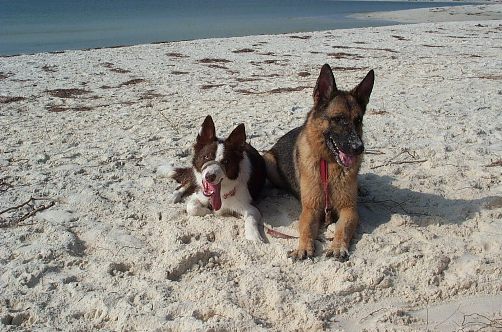A recent survey from the GoodLife Recipe Pet Food company provided by mediapost.com website states that two-thirds of pet owners don’t consider cost when selecting a dog food or cat food. Their survey states that nearly 60% of pet owners said that “natural ingredients” are the most important issue to influence a pet food purchase. The problem for pet owners is that searching for a pet food labeled ‘Natural’ can be like finding fools gold.
AAFCO (American Association of Feed Control Officials) and the FDA has no official definition for the word ‘natural’ in pet food regulations. ‘Natural’ on a pet food label implies the food should be free of risky chemicals, colors, or any ingredient considered treated or disguised. You know…natural. But instead, under current pet food regulations, any pet food manufacturer can make the claim ‘natural’ on the label, yet the food could contain many ingredients most would not consider natural; such as added chemicals, colors, and other un-natural ingredients. Even though there are no survey results to substantiate this, my guess would be that almost every pet owner who seeks out ‘natural ingredients’ in their dog food or cat food choices, firmly believes the food is natural. The power of advertising.
A northern California newspaper – InsideBayArea.com puts advertising of pet food into a realistic light…” Playful puppies and adorable kittens almost seem to jump out of the colorful packages, beckoning pet owners to choose their very special brands of food. Large pallets containing bags of dry food, stacks of orderly cans and rows of moist pouches often leave pet owners literally dazed and confused with the overwhelming selection. Marketing ideas leap off the products claiming to be “organic,” to have “no by-products” and to have “real, wholesome ingredients.” All of these speak to us as ways to provide the very best for our family members. But in light of pet food recalls and concerns about pet food manufacturing, how can pet owners really know they are providing the best?”
That’s a difficult question; really knowing you are providing the best food for your dog or cat is not as easy as it should be. It should be that a pet owner can read the pet food label claiming ‘natural’ or ‘real wholesome ingredients’ knowing that label is providing true and accurate information. It should be that pet owners are provided with ingredient country of origin information on the label. It should be that pet food labels clearly state if dangerous chemicals or inferior ingredients are used. ‘Should be’ is not what ‘is’ however.
What ‘is’ legally allowed on pet food labels:
Unqualified claims, either directly or indirectly.
Pictures displaying choice cuts of meat even if no meat is provided in the food.
Misleading pet food names such as Albacore Tuna ‘Flavor’ or Sirloin Steak ‘Flavor’ – no tuna or steak is required to be in the pet food.
And on and on…
You can imagine that dog foods and cat foods providing accurate information on the label such as ‘Chemical Preservatives inside linked to tumors and cancer’ or ‘Includes By-Products rejected for use in human food’ wouldn’t be top sellers at the pet store. The pet food companies that use these types of ingredients are not forced by regulations to tell you; which in turn hurts the companies that wouldn’t consider using risky chemicals or inferior by-products in their foods. One pet food might actually contain natural ingredients yet because of existing rules and regulations – they can’t tell you anything different than the pet food who claims natural while using added colors and risky chemicals. All pet food labels must stay within particular parameters – hiding the truth from pet owners. Hiding the truth of quality ingredients and hiding the truth of risky ingredients.
Pet food regulations need to be changed – yesterday. As the research shows the majority of pet owners are actively seeking out dog and cat foods that are natural. That’s great news and would be beneficial to millions of pets if only someone could decide what ‘natural’ means. But since AAFCO and the FDA give pet owners no official definition for ‘natural’ – pet owners might as well be searching for Fools Gold. Current pet food regulations provide ‘Fools Gold’ and ‘Natural Pet Food’ to have an equal value.
Wishing you and your pet(s) the best,
Susan Thixton
Pet Food Safety Advocate
Author, Buyer Beware
Co-Author Dinner PAWsible
TruthaboutPetFood.com
PetsumerReport.com
What’s in Your Pet’s Food?
Is your dog or cat eating risk ingredients? Chinese imports? Petsumer Report tells the ‘rest of the story’ on over 2500 cat foods, dog foods, and pet treats. 30 Day Satisfaction Guarantee. www.PetsumerReport.com
Have you read Buyer Beware? Click Here
Cooking for pets made easy, Dinner PAWsible
Are you subscribed to Truth About Pet Food Newsletter? Click Here to subscribe
Follow Truth about Pet Food on Twitter
Become a Fan of Truth about Pet Food, Dinner PAWsible, Buyer Beware on Facebook
Find Healthy Pet Foods in Your Area Click Here




































